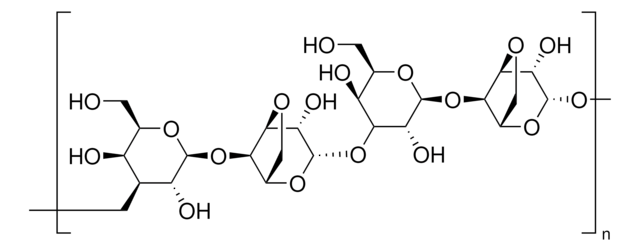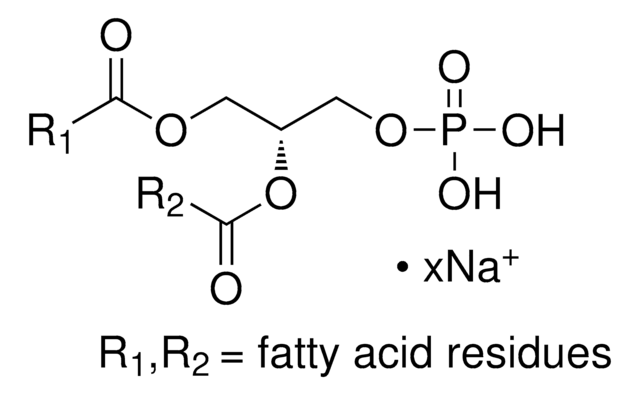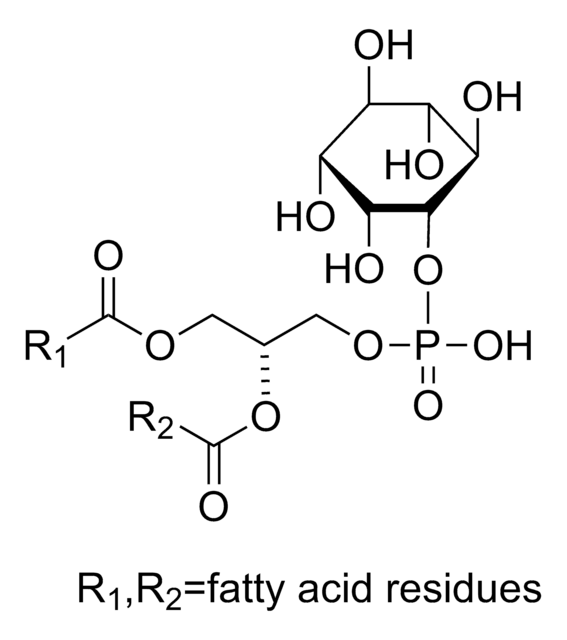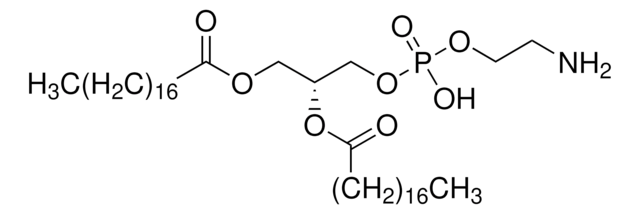A9045
Agarose, low gelling temperature
BioReagent, suitable for cell culture, suitable for insect cell culture, suitable for plant cell culture
Synonym(s):
2-Hydroxyethyl agarose
About This Item
Recommended Products
product line
BioReagent
Quality Level
form
powder
technique(s)
cell culture | insect: suitable
cell culture | mammalian: suitable
cell culture | plant: suitable
EEO
≤0.1
mp
≤65 °C ( at a 1.5% gel)
transition temp
congealing temperature 26-30 °C
gel strength
≥200 g/cm2 (1% gel)
anion traces
sulfate (SO42-): ≤0.10%
foreign activity
RNase and DNase free
SMILES string
O1[C@H]([C@@H]([C@H]([C@H]([C@H]1CO)O)O[C@@H]4O[C@@H]5[C@H]([C@@H](OC5)[C@@H]4O)O[C@@H]6O[C@@H]([C@@H]([C@@H]([C@H]6O)O)O)CO)O)O[C@H]2[C@H]3OC[C@@H]2O[C@H]([C@H]3O)O
InChI
1S/C24H38O19/c25-1-5-9(27)11(29)12(30)22(38-5)41-17-8-4-36-20(17)15(33)24(40-8)43-18-10(28)6(2-26)39-23(14(18)32)42-16-7-3-35-19(16)13(31)21(34)37-7/h5-34H,1-4H2/t5-,6-,7+,8+,9+,10+,11+,12-,13+,14-,15+,16-,17-,18+,19+,20+,21-,22+,23+,24+/m1/s1
InChI key
MJQHZNBUODTQTK-WKGBVCLCSA-N
General description
Application
- plant cell culture studies
- insect cell culture studies
- cell culture studies
It may be used for the following studies:
- Recovery of defined RNA and DNA fractions after electrophoretic separation.
- Cytochemical staining procedure to investigate the succinate dehydrogenase (SDH) activity in pre-ovulatory mouse oocytes.
- Purification of RNA in Caenorhabditis elegans by electrophoresis.
Analysis Note
Sulfate content - used as an indicator of purity, since sulfate is the major ionic group present.
Gel strength - the force that must be applied to a gel to cause it to fracture.
Gel point - the temperature at which an aqueous agarose solution forms a gel as it cools. Agarose solutions exhibit hysteresis in the liquid-to-gel transition - that is, their gel point is not the same as their melting temperature.
Electroendosmosis (EEO) - a movement of liquid through the gel. Anionic groups in an agarose gel are affixed to the matrix and cannot move, but dissociable counter cations can migrate toward the cathode in the matrix, giving rise to EEO. Since electrophoretic movement of biopolymers is usually toward the anode, EEO can disrupt separations because of internal convection.
Storage Class Code
11 - Combustible Solids
WGK
WGK 3
Flash Point(F)
Not applicable
Flash Point(C)
Not applicable
Personal Protective Equipment
Choose from one of the most recent versions:
Certificates of Analysis (COA)
Don't see the Right Version?
If you require a particular version, you can look up a specific certificate by the Lot or Batch number.
Already Own This Product?
Find documentation for the products that you have recently purchased in the Document Library.
Which document(s) contains shelf-life or expiration date information for a given product?
If available for a given product, the recommended re-test date or the expiration date can be found on the Certificate of Analysis.
How do I get lot-specific information or a Certificate of Analysis?
The lot specific COA document can be found by entering the lot number above under the "Documents" section.
How do I use Agarose, low gelling temperature?
This product forms a suspension in nearly any aqueous buffer. Heating will melt the agar, which, upon cooling, will form a gel.
Can Agarose, low gelling temperature, be autoclaved?
This agarose can be autoclaved.
What is the gel strength of Agarose, low gelling temperature?
We have a specification of not less than 200 g/cm2 for a 1.0% agarose gel.
How do I find price and availability?
There are several ways to find pricing and availability for our products. Once you log onto our website, you will find the price and availability displayed on the product detail page. You can contact any of our Customer Sales and Service offices to receive a quote. USA customers: 1-800-325-3010 or view local office numbers.
What is the Department of Transportation shipping information for this product?
Transportation information can be found in Section 14 of the product's (M)SDS.To access the shipping information for this material, use the link on the product detail page for the product.
My question is not addressed here, how can I contact Technical Service for assistance?
Ask a Scientist here.
Our team of scientists has experience in all areas of research including Life Science, Material Science, Chemical Synthesis, Chromatography, Analytical and many others.
Contact Technical Service




